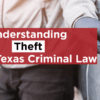 In Brown v. Illinois, 422 U.S. 590 (1975), the U.S. Supreme Court identified three factors that courts should consider when determining whether the taint of an unlawful arrest was attenuated prior to obtaining a confession:
In Brown v. Illinois, 422 U.S. 590 (1975), the U.S. Supreme Court identified three factors that courts should consider when determining whether the taint of an unlawful arrest was attenuated prior to obtaining a confession:
1. The temporal proximity of the arrest and the confession;
2. The presence of intervening circumstances; and
3. The purpose and flagrancy of the official misconduct (in making the arrest).
In May of 2012, in State v Mazuca, the Texas Court of Criminal Appeals considered the proper application of the “attenuation of taint doctrine,” not to a confession, as in Brown, but to contraband that is seized immediately following an unconstitutional detention or arrest. The question presented was this:
Will the discovery of an outstanding arrest warrant in the relatively few moments that ensue between the illegal stop and the seizure of the contraband invariably serve as an intervening event sufficient to purge the taint of the primary illegality?
In Mazuca, an El Paso police officer stopped the car in which appellee was a passenger because the officer believed he saw white light (rather than red) emitting from the tail lights. Photos at trial would later prove that the tail lights were indeed red and that the car was not in violation of the Texas Transportation Code. During the stop, the officer requested to see appellee’s driver’s license, and quickly learned that appellee had outstanding warrants. During the course of the stop (after learning about the warrants) the officer seized both ecstasy and marijuana from appellee. Appellee moved to suppress the contraband as the fruits of an illegal search. The trial court granted the motion, making, inter alia, the following findings of fact and conclusions of law:
1. The driver of the Mustang did not violate Section 547.322 of the Transportation Code on December 11, 2008.
2. The Police Officers did not have probable cause or reasonable suspicion to perform a traffic stop on that date.
3. The arrest warrants of the Defendant did not purge the taint of the illegal stop due to the flagrancy of the police action, the close temporal proximity and the fact that no Miranda warnings were read.
The 8th Court of Appeals (El Paso) affirmed. The CCA considered the Supreme Court precedent, as well as the Texas Court of Appeals opinions in coming up with the rule below:
When police find and seize physical evidence shortly after an illegal stop, in the absence of the discovery of an outstanding arrest warrant in between, that physical evidence should ordinarily be suppressed, even if the police misconduct is not highly purposeful or flagrantly abusive of Fourth Amendment rights. Under this scenario, temporal proximity is the paramount factor. But when an outstanding arrest warrant is discovered between the illegal stop and the seizure of physical evidence, the importance of the temporal proximity factor decreases. Under this scenario, the intervening circumstance is a necessary but never, by itself, wholly determinative factor in the attenuation calculation, and the purposefulness and/or flagrancy of the police misconduct, vel non, becomes of vital importance.
While the rule sounds simple enough, the CCA’s application of the rule to the facts of the case is a bit troubling. The CCA reversed the Court of Appeals, and held that…
[T]he behavior of the arresting officers, although clearly unlawful at the outset, was not so particularly purposeful and flagrant that the discovery of the appellee’s outstanding arrest warrants may not serve to break the causal connection between the illegal stop and the discovery of the ecstasy in the appellee’s pants pocket, thus purging the primary taint. We hold that the trial court erred to conclude otherwise.
The opinion in this case seems a logically disconnected from the ultimate outcome. Apparently, some of the judges agree. Here’s what Judge Meyers had to say in his dissenting opinion:
The result fashioned by the majority opens the door for police to ignore the probable cause requirement and make traffic stops without adequate grounds for doing so. The majority’s analysis of the weight of the Brown factors may be correct, but the result discounts the trial court’s findings as to the credibility of the officers.
Judge Johnson dissented as well, writing:
I would hold that the court of appeals correctly recognized that, without the highly improper traffic stop, the officers could not have learned appellee’s name, found active warrants, or searched him and recovered contraband, all fruits of the poisonous tree. We, like the court of appeals, should “afford almost total deference to a trial court’s determination of historical facts that are supported by the record, particularly when such findings are based on an evaluation of witnesses’ credibility and demeanor” and affirm its suppression of the evidence that was obtained because of the improper traffic stop. I respectfully dissent.
If you were the subject on an unlawful arrest on a drug crimes case, contact the Fort Worth, Texas drug crimes defense lawyers at Barnett Howard & Williams PLLC today. (817) 993-9249.

 To the average person, the offense of Forgery probably doesn’t sound like something that occurs on a regular basis. The term “forgery” usually conjures up the image of a shady artist carefully recreating some poor, unsuspecting victim’s signature and then passing themselves off using the victim’s identity. While an act like this most certainly would be forgery, the offense in Texas actually encompasses a broad range of activities and, because of that, it is much more common than most people realize.
To the average person, the offense of Forgery probably doesn’t sound like something that occurs on a regular basis. The term “forgery” usually conjures up the image of a shady artist carefully recreating some poor, unsuspecting victim’s signature and then passing themselves off using the victim’s identity. While an act like this most certainly would be forgery, the offense in Texas actually encompasses a broad range of activities and, because of that, it is much more common than most people realize.

 Under Texas Penal Code § 20.04(d), a kidnapper who voluntarily frees his victim in a safe place reduces his or her punishment level for aggravated kidnapping from a first-degree to a second-degree felony. In construing a “safe place,” Texas courts consider seven factors:
Under Texas Penal Code § 20.04(d), a kidnapper who voluntarily frees his victim in a safe place reduces his or her punishment level for aggravated kidnapping from a first-degree to a second-degree felony. In construing a “safe place,” Texas courts consider seven factors: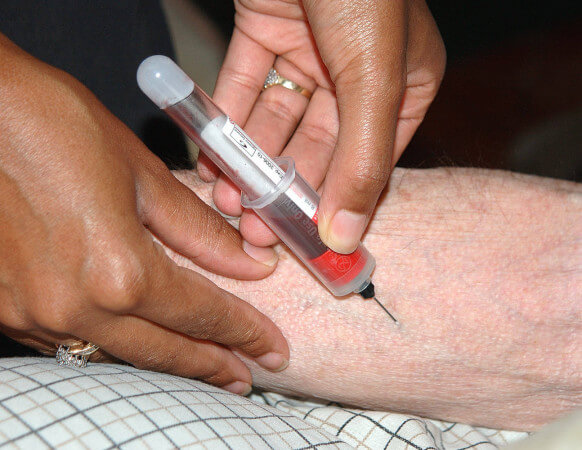
 Mosquitoes are pesky little things. They land on you, insert a sharp needle-like nose into your arm and suck your blood without even asking for permission. Well, like the hard slap of a hand on top of one of these pests, Texas courts are finally falling in line behind the Supreme Court’s ruling in Missouri v. McNeely (133 S. Ct. 1551 (2013)) striking down warrantless blood draws of a driver’s blood in DWI cases.
Mosquitoes are pesky little things. They land on you, insert a sharp needle-like nose into your arm and suck your blood without even asking for permission. Well, like the hard slap of a hand on top of one of these pests, Texas courts are finally falling in line behind the Supreme Court’s ruling in Missouri v. McNeely (133 S. Ct. 1551 (2013)) striking down warrantless blood draws of a driver’s blood in DWI cases.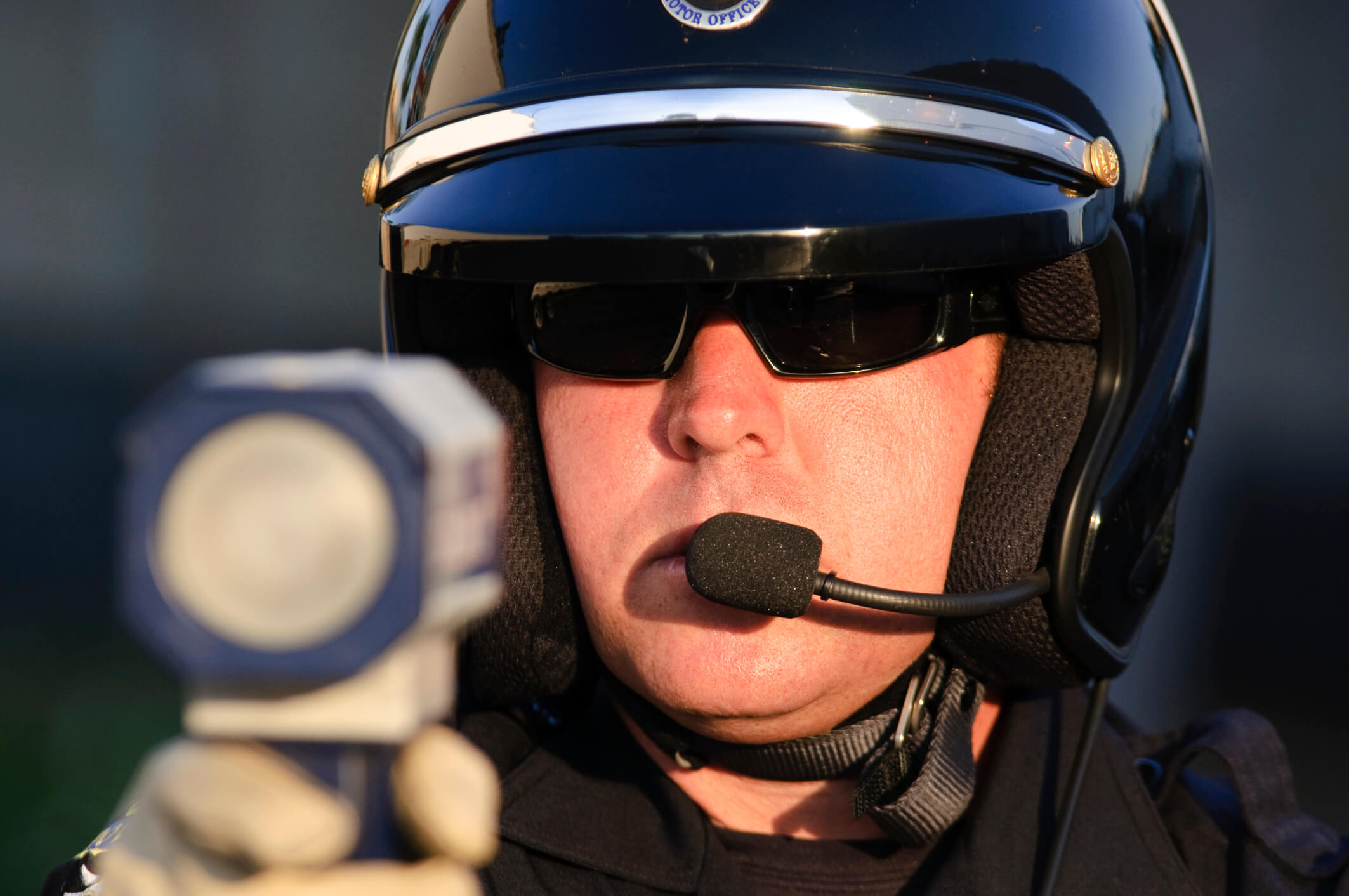
 If you’re reading this, odds are that you’ve been ticketed for one or more traffic offenses at some point in your life. Among the ticket-receiving public, misconceptions and misunderstandings abound regarding whether you should “fight” a ticket. Below is some advice from a former municipal prosecutor in the Dallas Fort Worth metroplex…
If you’re reading this, odds are that you’ve been ticketed for one or more traffic offenses at some point in your life. Among the ticket-receiving public, misconceptions and misunderstandings abound regarding whether you should “fight” a ticket. Below is some advice from a former municipal prosecutor in the Dallas Fort Worth metroplex…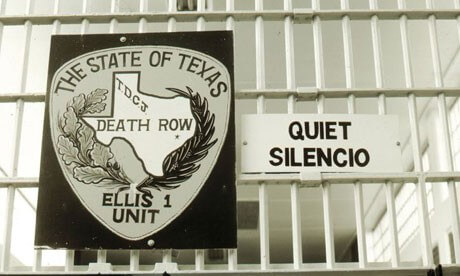
 In 2002, the United States Supreme Court determined that the Eighth Amendment to the U.S. Constitution’s prohibition against cruel and unusual punishment bars the execution of mentally retarded persons. Atkins v. Virginia, 536 U.S. 304 (2002).
In 2002, the United States Supreme Court determined that the Eighth Amendment to the U.S. Constitution’s prohibition against cruel and unusual punishment bars the execution of mentally retarded persons. Atkins v. Virginia, 536 U.S. 304 (2002).
 Except for the military context, you’ve always heard that a jury verdict must be unanimous, right? Well, not exactly.
Except for the military context, you’ve always heard that a jury verdict must be unanimous, right? Well, not exactly.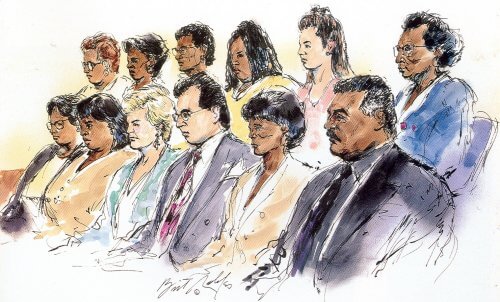
 Every level of criminal offense in Texas has a corresponding punishment range for the jury to consider. With the exception of enhancements or other minor differences, the Texas punishment ranges are as follows:
Every level of criminal offense in Texas has a corresponding punishment range for the jury to consider. With the exception of enhancements or other minor differences, the Texas punishment ranges are as follows:
 In many ways, Texas Court of Criminal Appeals also acts the State’s highest traffic court. What follows is a synopsis of
In many ways, Texas Court of Criminal Appeals also acts the State’s highest traffic court. What follows is a synopsis of 
 In Brown v. Illinois, 422 U.S. 590 (1975), the U.S. Supreme Court identified three factors that courts should consider when determining whether the taint of an unlawful arrest was attenuated prior to obtaining a confession:
In Brown v. Illinois, 422 U.S. 590 (1975), the U.S. Supreme Court identified three factors that courts should consider when determining whether the taint of an unlawful arrest was attenuated prior to obtaining a confession:


